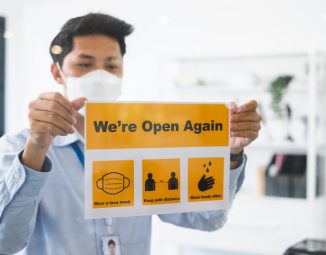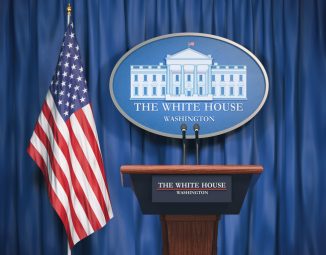DOL Proposes Rule Mandating Paid Sick Leave for Federal Contractors
On the heels of five states plus a number of cities, including Philadelphia and Washington DC, enacting paid sick leave legislation, the federal government is adding momentum toward a national paid sick leave law by mandating paid sick leave for federal contractors.
On February 25, 2016 the Department of Labor (DOL) proposed regulations which would provide paid sick leave to nearly 437,000 workers employed by federal contractors. The proposed regulations implement President Obama’s 2015 Executive Order 13709, Establishing Paid Sick Leave for Federal Contractors, which requires certain employers that contract with the Federal Government to provide employees with up to seven days of paid sick leave annually.
Coverage under the proposed regulations would apply to new contracts and replacements for expiring contracts issued on or after January 1, 2017. The rule would also apply to a contract in effect before January 1, 2017, if it is renewed, extended, or amended on or after January 1, 2017. Contractors would be required to provide 1 hour of paid sick leave for every 30 hours worked on or in connection with a covered contract, to be calculated at the end of each work week.
Paid sick leave would carry over from one accrual year to another, but contractors would not be required to allow a total accrual of more than 56 hours at a time (seven 8-hour days). Under the proposal, contractors will be required to reinstate employees’ accrued, unused paid sick leave if the employees are rehired by the same contractor or a successor contractor within 12 months after a job separation. However, contractors would not be required to pay employees for accrued, unused paid sick leave at the time of a job separation.
The Executive Order explains that an employee may use paid sick leave for an absence resulting from:
- physical or mental illness, injury, or medical condition of the employee;
- obtaining diagnosis, care, or preventive care from a health care provider by the employee;
- caring for the employee’s child, parent, spouse, domestic partner, or any other individual related by blood or affinity whose close association with the employee is the equivalent of a family relationship who has any of the conditions or need for diagnosis, care, or preventive care described in (i) or (ii); or
- domestic violence, sexual assault, or stalking, if the time absent from work is for the purposes described in (i) or (ii) or to obtain additional counseling, seek relocation, seek assistance from a victim services organization, take related legal action, or assist an individual related to the employee as described in (iii) in engaging in any of these activities.
The DOL regulations propose paid sick leave be provided upon the oral or written request of an employee and that a leave request must be made at least 7 calendar days in advance where the need for the leave is foreseeable, and in other cases as soon as is practicable. A contractor would be required to communicate any denial of a request to use paid sick leave in writing, with an explanation for the denial. Under the proposal, a contractor may only require certification for absences of three or more consecutive days. Employees could use as little as an hour of paid sick leave, or as much as all of the paid sick leave they have accrued, at a time.
Following a 30-day public comment period, the DOL will have until Sept. 30, 2016, to issue a final rule as required by the terms of the executive order.
Contractors who are likely to be covered by these mandates should start planning for implementation and budgeting for the increased expenses. Even though the Executive Order could be rescinded entirely depending on the outcome of the upcoming presidential election, the push toward paid sick leave is not likely to diminish. Employers should be aware of potential state and local legislation that could require paid sick leave for their employees. Stay tuned for further updates!



